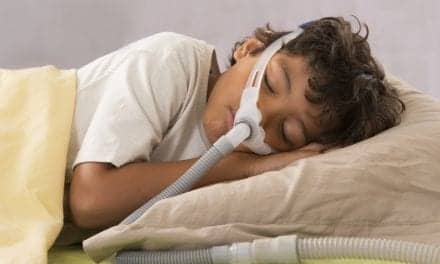Science Daily: A recent study sheds light on how test anxiety can disrupt sleep in college students.
New research from the University of Kansas just published in the International Journal of Behavioral Medicine is shedding light on this biopsychosocial process that can lead to poor grades, withdrawal from classes and even students who drop out. Indeed, about 40% of freshman don’t return to their universities for a second year in the United States.
“We were interested in finding out what predicted students’ performance in statistics classes — stats classes are usually the most dreaded undergrad class,” said lead author Nancy Hamilton, professor of psychology at KU. “It can be a particular problem that can be a sticking point for a lot of students. I’m interested in sleep, and sleep and anxiety are related. So, we wanted to find out what the relationship was between sleep, anxiety and test performance to find the correlation and how it unfolds over time.”
Hamilton and graduate student co-authors Ronald Freche and Ian Carroll and undergraduates Yichi Zhang and Gabriella Zeller surveyed the sleep quality, anxiety levels and test scores for 167 students enrolled in a statistics class at KU. Participants completed an electronic battery of measures and filled out Sleep Mood Study Diaries during the mornings in the days before a statistics exam. Instructors confirmed exam scores. The study showed “sleep and anxiety feed one another” and can hurt academic performance predictably.
“We looked at test anxiety to determine whether that did predict who passed, and it was a predictor,” Hamilton said. “It was a predictor even after controlling for students’ past performance and increased the likelihood of students failing in class. When you look at students who are especially anxious, it was almost a five-point difference in their score over students who had average levels of anxiety. This is not small potatoes. It’s the difference between a C-minus abd a D. It’s the difference between a B-plus and an A-minus. It’s real.”





